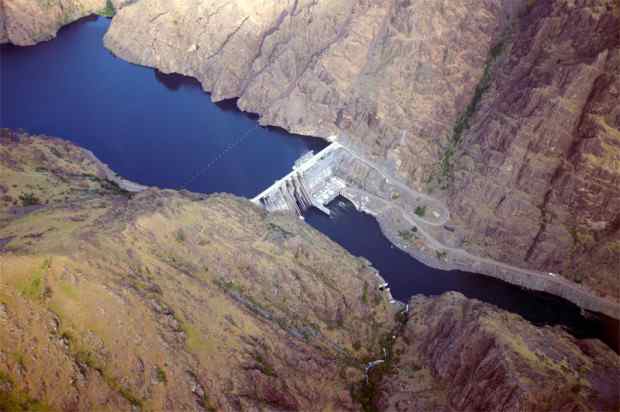forum
library
tutorial
contact

Hells Canyon an Example
of Bipartisan Conservation
by Bert Bowler
Idaho Statesman, July 9, 2015
|
the film forum library tutorial contact |

|
Hells Canyon an Example
by Bert Bowler
|
 Creation of the Hells Canyon National Recreation Area reads like an Anthony Doerr novel full of fascinating characters and plots. As I look back on the considerable effort to preserve Hells Canyon 40 years ago, I urge you to join me in celebrating the wisdom and work required to preserve this special place.
Creation of the Hells Canyon National Recreation Area reads like an Anthony Doerr novel full of fascinating characters and plots. As I look back on the considerable effort to preserve Hells Canyon 40 years ago, I urge you to join me in celebrating the wisdom and work required to preserve this special place.
The 40th anniversary is a good time to consider whether we, the current generation, have similar vision and fortitude. I think we do, but first we must learn from history and commit to continue the good fight. The remaining portion of the Snake River that flows free in Hells Canyon is likely to stay that way, thanks to conservationists in the 1950s, '60s and '70s, but the fight is not over. The Snake River suffers further downstream where four dams from Lewiston to Pasco have turned a once-mighty river into a series of slack-water pools. We now know how that has harmed our sea-going salmon and steelhead populations.
For a full account, read "Defending Idaho's Natural Heritage," by Ken Robison. Published last year, the book details the many threads that culminated in legislation signed by president Gerald Ford in1975 to create the Hells Canyon National Recreation Area. Significantly, the legislation also de-authorized construction of Asotin Dam what was to be the fifth dam on the lower Snake River.
Private and public utilities vied for the licensing rights to construct projects in the free-flowing Snake River below Hells Canyon Dam. The Federal Power Commission granted a license for the 670-foot High Mountain Sheep Dam, but the U.S. Supreme Court in a 1967 ruling set aside the license. Engineers had considered building a 19-mile canal to pass salmon and steelhead around the dam into the Imnaha River, an Oregon tributary. The project included a low re-regulating dam at China Gardens, 15 miles below the mouth of the Salmon.
What a disaster to the Snake and Salmon rivers that would have been. Thankfully, the high court directed the regulators to reopen the case to consider whether any dam should be built at all. Justice William O. Douglas wrote the majority opinion: "The test is whether the project is in the public interest."
Brock Evans of the Sierra Club, and Cliff Merritt of the Wilderness Society recognized that congressional legislation was needed to protect the river from Hells Canyon Dam to Lewiston and to bar all future dams.
Politicians responded in a bipartisan fashion that is hard to imagine today. Idaho Senators Frank Church and Len Jordan supported a moratorium to delay a licensing decision for 10 years. In 1968, The Hells Canyon Preservation Council unveiled a draft of a bill protecting 100 miles of river from Hells Canyon Dam to Asotin, Wash. Oregon Sen. Robert Packwood sponsored the bill.
A Hells Canyon National Recreation Area bill was ready for introduction in 1973 with support from Church and Sen. Jim McClure. In June 1975, the Senate passed the bill with the House following in October. President Ford signed the bill December 31.
The lower Snake River Dams were authorized by Congress in 1945 - Asotin Dam in 1962. Author Keith Petersen suggests "Asotin Dam is a testament to what might have happened to the four lower Snake dam proposals had authorization come a few years later. In that event the lower Snake might be free flowing today."
In some cases, we need to fix mistakes of the past. But the effort by preceding generations in Hells Canyon is an incredible gift to us today and should inspire us to protect such places as our contribution for the future.
learn more on topics covered in the film
see the video
read the script
learn the songs
discussion forum
